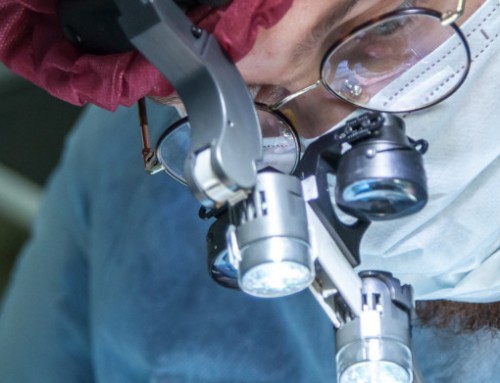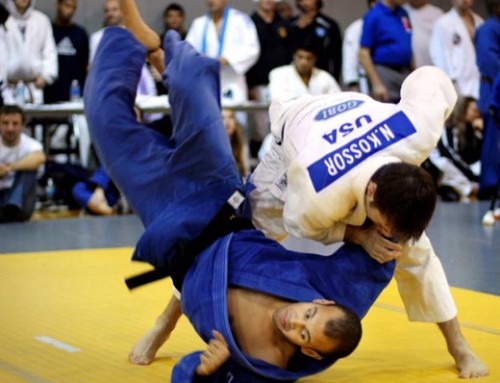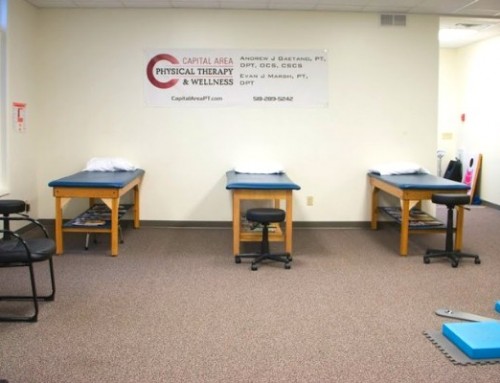By Andrew J Gaetano, PT, DPT, OCS, CSCS
This weekend in Boston, I attended my 5th course in manual therapy (out of 7) on a track for a certification in manual therapy through the University of St. Augustine. I found this course, entitled Extremity Integration, my favorite thus far and also will find it very useful as I start to integrate some of the techniques into my treatment. This course focused on a very cerebral (or, “out of the box”) approach on how different parts of your body integrate and function together. This course went VERY in-depth on specific evaluation techniques for dysfunction throughout the entire body and also how to properly treat these problems using manual/hands on techniques. A few examples:
-How the function of your diaphragm/breathing patterns change the muscle activity in your body at rest or during activity
-How a mobility issue in one part of the foot causes an instability in another, and how this affects muscle firing patterns throughout the entire leg.
-How the functioning of a specific muscle in your shoulder blade can alter the entire way you lift your arm overhead
The truth is, any of these and several other problems reviewed in this course cause compensations during normal movement in your body. You cannot have normal movement if you have compensations. Compensations lead to dysfunction. Dysfunction leads to pain and the inability to perform the activities you want.
The question is: how do you know these compensations are happening and what really may be the cause of your symptoms? Unless a manual therapist has completed an in-depth and specific examination on you, you don’t!
If you’ve had physical therapy and your therapist has not put their hands on you and felt the way your body moves, you’re missing these compensatory patterns- probably leading to more dysfunction!
A lot of the ideals of this course I’ve already been implementing: the fact that no one part of your body functions separate from any of the others. I really am happy to have even more “tools in my tool box” now to be able to screen for normal movement, and treat dysfunctional movement.
At Capital Area PT we’re different. We put our hands on every single patient. We know how to look for normal movement and, if it’s not there, we know how to manually facilitate it, and how to teach you to get it back.
CapitalAreaPT.com
Facebook.com/capitalareaphysicaltherapyandwellness
518-289-5242






